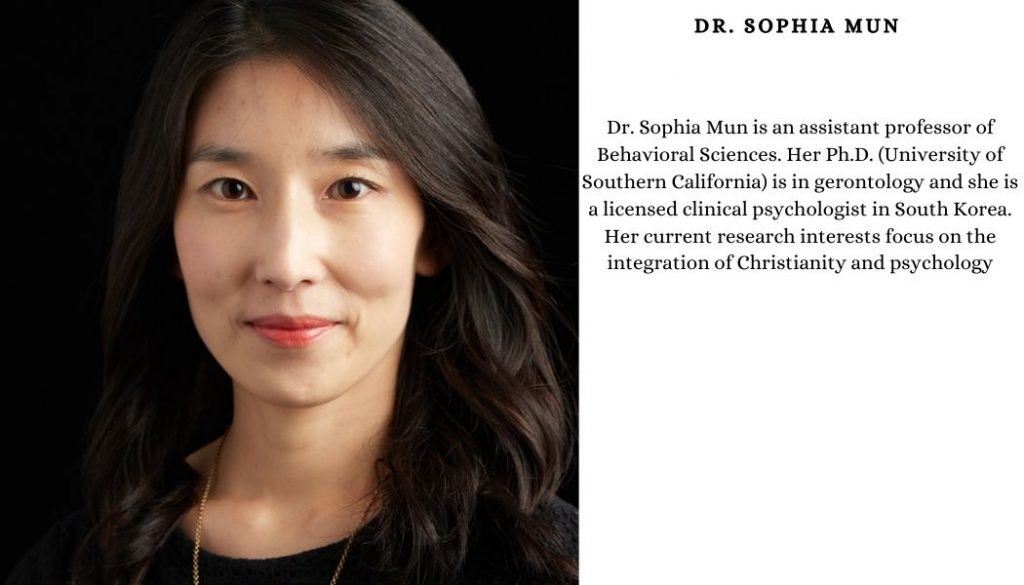The person in the environment (PIE) theory, related to the ecological model is fundamental in social work generalist practice. The theory poses that as social workers conceptualize their clients, they are not only to consider the individual level factors that may influence the client’s presenting problem- but to also assess if or how the client’s environment and their goodness of fit in the environment may be contributing to their presentation (Hepworth, Rooney, Rooney, & Strom, 2016; Schalock, & Jensen, 1986).
In an oversimplified manner, goodness of fit can be defined as the degree to which the client experiences congruence in and with their environment and context (Hepworth, Rooney, Rooney, & Strom, 2016; Nye & Drasgow, 2011). Notably, goodness of fit may change based on the context. That is, a client may have a higher degree of goodness of fit in one context versus another. For example, a monolingual Spanish-speaking client may feel a stronger goodness of fit among a group of Spanish speakers compared to a group of English-only speakers- in which case, they would not understand the language.

Let’s look at an example of applying the PIE theory and goodness of fit concept. Let’s consider that a monolingual Spanish-speaking client who is unhoused is struggling with taking their medications as prescribed – as the medication is to be taken three times a day with meals. Further, they are having a hard time communicating this problem to their provider due to language barriers and/or feelings of insecurity and unhelpful, inaccurate thoughts such as, “If I tell my doctor I am not taking my medication, they may get mad at me, and I may no longer be a candidate for the housing program”.
According to the PIE theory, the social worker is to assess the individual’s fit in their environment – that is assess individual client factors that may be contributing to their lack of medication adherence and assess the client’s goodness of fit in their environment. In doing so, the social worker is to assess multilevel factors related of the individual’s micro, mezzo and macro systems and consider perhaps the issue of having a language barrier in considering goodness of fit. Further, the social worker can work to enhance the client’s capabilities and strengthen his goodness of fit by giving him a translation tool that he can take to his appointments- or the social worker may choose to adapt the client’s environment by helping the client change providers to a bilingual provider.

It is my suggestion that as professors, perhaps we may consider these ideas towards supporting student academic success. A few years ago I had an office hour appointment with a student who shared that they had recently moved (unwillingly- due to financial reasons) and were saddened that they no longer had access to a quiet, well lit, comfortable, and inviting place to study. As I considered this I shared about the PIE theory and together we began brainstorming ways in which the student may improve her goodness of fit in her new environment. It was not easy, to figure out other spaces she may be able to study in her new living quarters, but the student landed on the importance of changing her mindset and appraisal of the new living situation so that she would move towards acceptance and “making lemonade out of lemons”.
The student ended up claiming the kitchen table as her new study area and had to have conversations with her family so that all would be respectful and supportive of her needs. Perhaps this idea may not solve all our student’s struggles and challenges while in their academic journey, but maybe it is just one more tool that we together with our students can consider entertaining as a conceptual model towards problem-solving and student academic success.

References
Hepworth, D. H., Rooney, R. H., Rooney, G. D., & Strom, K. (2016). Empowerment series:
Direct social work practice: Theory and skills. Cengage Learning.
Nye, C. D., & Drasgow, F. (2011). Assessing goodness of fit: Simple rules of thumb simply do
not work. Organizational Research Methods, 14(3), 548-570.
Schalock, R. L., & Jensen, C. M. (1986). Assessing the goodness-of-fit between persons and
their environments. Journal of the Association for Persons with Severe Handicaps, 11(2), 103-109.


